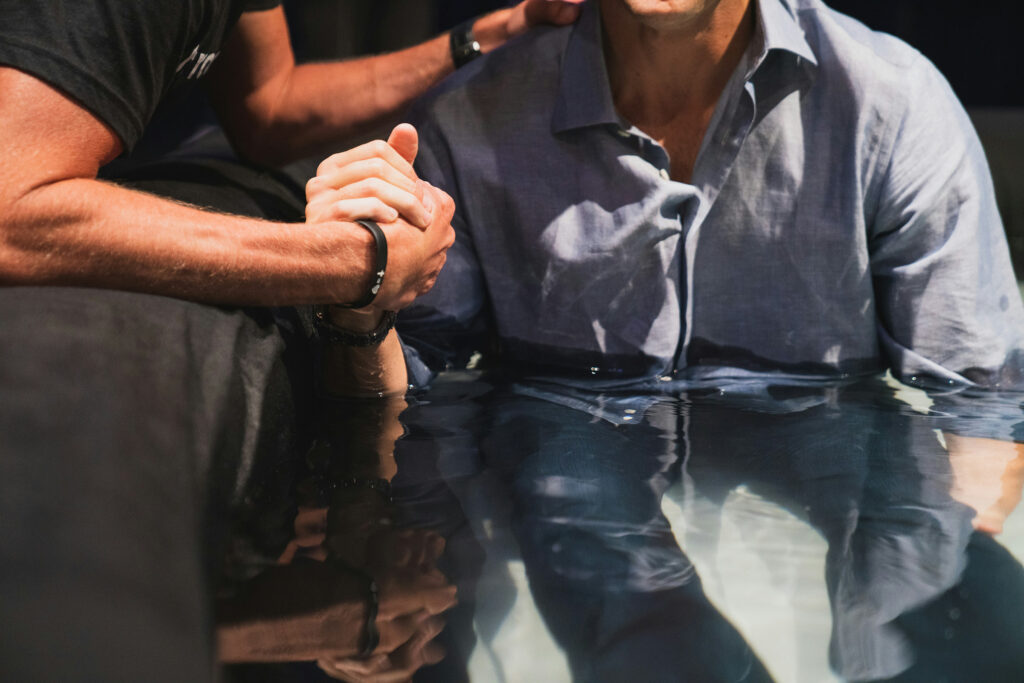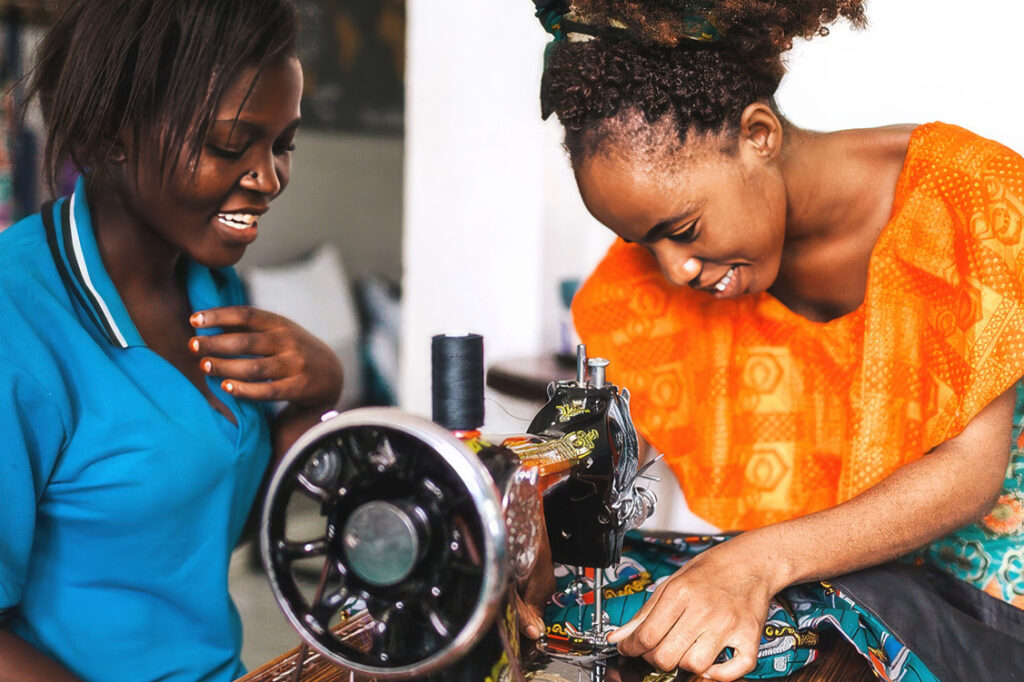On April 28, 2020 the world’s most famous hunter-gatherer left this earth and joined Jim Elliott, Rodger Youderian, Nate Saint, Ed McCully, and Pete Fleming in the presence of their Savior. The story of those five missionary martyrs and the subsequent redemption of the Huaorani or Auca people is trophy of God’s grace.
Mincaye was at the center of that story. His radical salvation, his calling as an elder in the Huaorani church, and his role later in life as an evangelist and missionary spokesman were a blessing to the body of Christ, but what made Mincaye unique was the access he gave the us to the other side of the spear.
Mincaye was a gift to the church.
Mincaye’s Impact on Me
The massacre on the Curaray River occurred 20 years before I was even born, but I have felt the emotional impact of that day. I first read Elizabeth Elliot’s account in Through Gates of Splendor while in junior high. The picture of the widowed Elizabeth in the canoe with her daughter, Valerie, heading back to the Huaorani with the gospel struck me even then. When, as a young youth pastor with a wife and children of my own, I watched the documentary “Beyond the Gates of Splendor,” I was drawn to the pictures of the wives and children of the slain men. I couldn’t help but to see myself in that story.
I suppose it is not unusual to relate to people like us in some way. Ed McCully was from Wisconsin—I was from Wisconsin. Jim and Elizabeth met in Bible college—I met my wife in Bible college. Many of the missionaries had young children—I had young children. In those black and white photographs taken from Time magazine, I could see myself, my wife, and my children. But what I couldn’t see—not without help—was the other side. To understand the Huaorani, the Aucas, was beyond my imagination.
Redeeming a Culture
On a fairly regular basis, I’ll receive a comment from some enlightened secularist, scolding the missionary community for our colonialist ways in the destruction of otherwise happy tribal peoples. And I suppose that is to be expected. They can’t relate in the same ways I couldn’t relate to them. After all, who’s to say that my Christian ways are better than their animistic ways?
But the other Ecuadorian tribal peoples called the Huaorani “Aucas,” meaning savages, by the. They were remote, mysterious, and brutal. The other tribal peoples could not relate to them. Killing was their way of life.
That is where Mincaye was such a gift to the world. As he related to the world his transformation by the power of the gospel, we were able to hear, from his own mouth, the fear, guilt, and absolute bondage he felt before Christ changed his life. We were able to hear with our ears his earnest longing that his ancestors could have heard the gospel message. We were able to see with our own eyes the forgiveness and redemption that can free a man, and not only a man—a whole people group from bondage.
A Man Used by God
Mincaye enabled the Church to see that we are not only the sent ones, but the ones to whom the gospel is sent. The gospel not only healed Mincaye, but the missionaries as well. Mincaye went from the murderer of Steve Saint’s father, to Steve Saint’s adoptive father not because of some colonial ideal, but because of the power of the gospel and the true forgiveness and healing that it brings.
Mincaye remained a hunter-gatherer. His people continued to live their lives in the heart of the jungle much like they had lived for thousands of years, but now they had Jesus Christ. Mincaye became a sent one. He lived and preached the gospel until his dying day, and in doing so became a gift to the Church of Jesus Christ.




